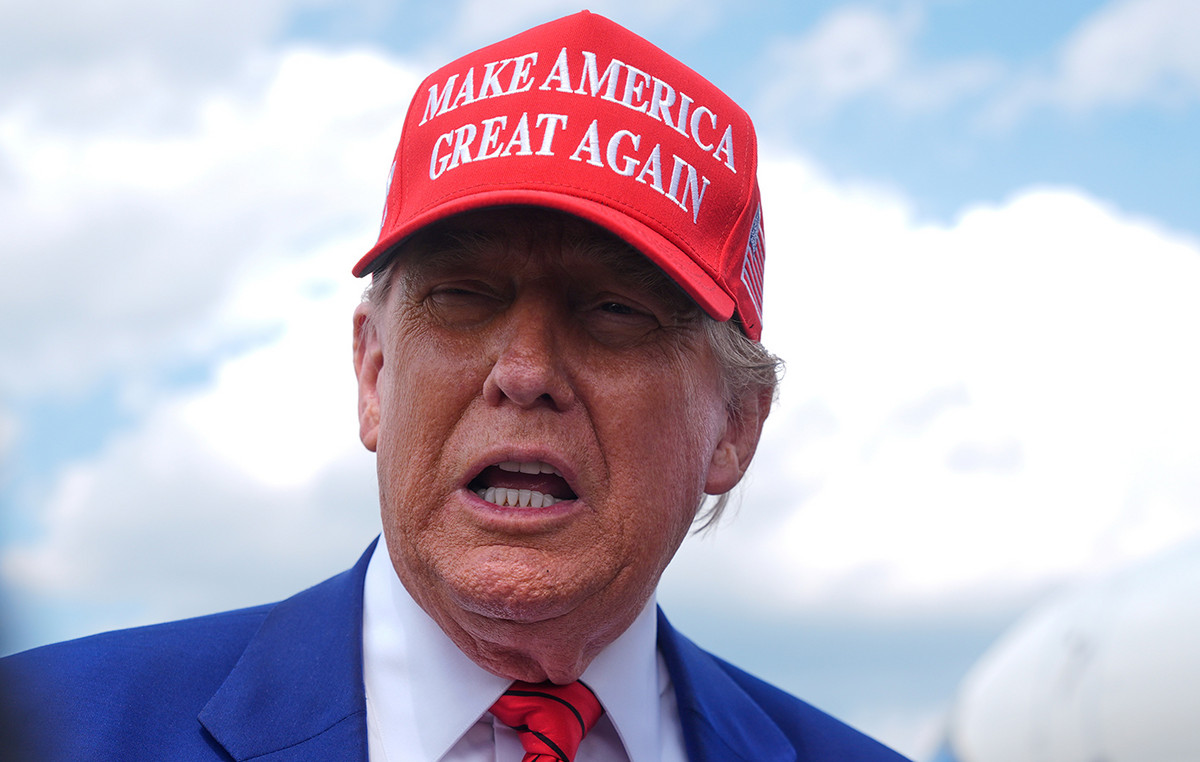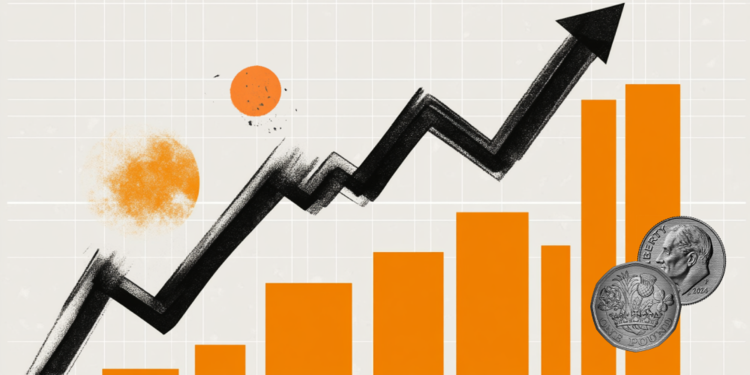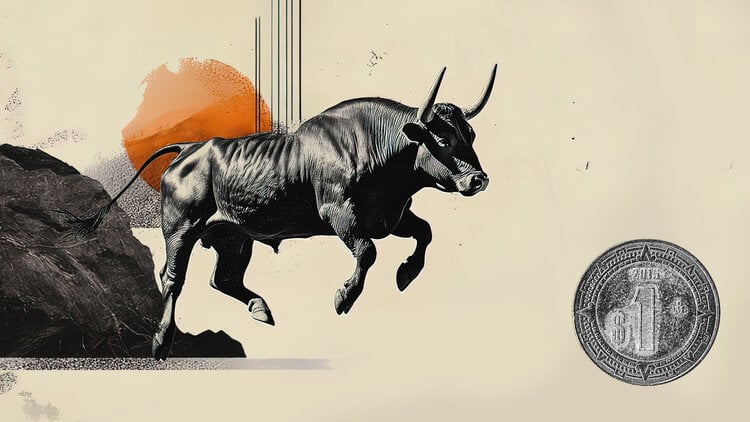A new wave of concern spreads over multicolored “rainbow fentanyl”. The drug, which can come in the form of pills, powders and small blocks that look like candy or sidewalk chalk, is being sold and used in several US states and potentially posing a threat to young people.
Experts argue that parents of young children should not panic too much and that the emergence of this new product is a small part of the larger ongoing opioid crisis, particularly in the United States.
The product comes in bright colors and can be used in pill or powder form that contain illicit fentanyl, a powerful synthetic opioid, making the drug extremely addictive and potentially deadly if someone overdoses while trying to get high.
This multicolored fentanyl can attract or deceive young people into thinking it’s safe, but experts say illicit fentanyl has been hiding in what appears to be other products for a long time, and fentanyl is fentanyl — that is, it’s all dangerous, arc. iris or not.
“Colored fentanyl pills have been around for a few years. Typically it was blue pills labeled ‘M30’ to counterfeit oxycodone, which is a much weaker opioid,” said Joseph Palamar, an associate professor in the Department of Population Health at NYU Langone Health, who has studied trends in illicit fentanyl, in an email to CNN .
“I think the big difference that people are worried about is accidental ingestion. People are worried that their kids will take one of these pills thinking it’s another drug or even thinking it’s some kind of candy,” Palamar said. “I don’t think the color of the pills increases the danger too much for those who don’t use fentanyl, but there’s always the possibility that someone who uses fentanyl will leave their pills within the reach of children.”
He added: “We need to keep in mind that these pills cost money so people don’t throw them on the floor for kids to find. I don’t think people will give these pills away as Halloween candy.”
Where did the colored fentanyl warning originate?
The US Drug Enforcement Administration (DEA) issued a warning in August warning the public about this “alarming emerging trend” of “colorful fentanyl available in the United States.”
At the time, the agency said she and her law enforcement partners had seized colored fentanyl and fentanyl pills in 18 states. Fentanyl remains the deadliest drug threat facing the country, according to the DEA.
But the DEA did not specify in its announcement whether rainbow fentanyl led to overdoses or deaths among young people.
“Rainbow fentanyl – fentanyl pills and powders that come in a variety of brilliant colors, shapes and sizes – is a deliberate effort by drug dealers to increase addiction among children and young adults,” said the DEA Administrator, Anne Milgram, in the August announcement.
Since then, some colleges and universities have been warning students about the presence and dangers of rainbow fentanyl, and the California Department of Public Health has warned school administrators in the state about colored fentanyl being “a new trend.”
At Colorado Children’s Hospital in Aurora, doctors have seen more fentanyl exposures among children and adolescents, Dr Sam Wang, a pediatric toxicologist at the hospital, told CNN on Friday. While he and his colleagues are aware of the rainbow fentanyl warnings, he hasn’t heard any patients or parents mention it.
After all, the bottom line, he said, is that fentanyl is fentanyl, whether in the form of colored pills or simply a white powder.
“It’s just coming out in a different shape to be potentially more attractive, more quoted ‘fun’ to wear because it looks potentially fun to take,” said Wang, an associate professor of pediatrics at the University of Colorado’s Anschutz Medical Campus.
And when young people use illicit drugs, sometimes they don’t know what they really contain, or how dangerous these substances can be.
When it comes to rainbow fentanyl, “fentanyl itself will be the same problem as counterfeit pharmaceutical fentanyl. We don’t know how much is in it – it can vary. We don’t know the type of fentanyl,” Wang said. “And so, these concerns are still transmitted to this product. It just now looks like it has a potential danger for young children and on top of that it will be more attractive for people to use and there will be consequences of that.”
The Rise of Fentanyl
The United States has been grappling with an opioid overdose epidemic — and waves of opioid overdose deaths – for decades, starting with an increase in overdose deaths from prescription opioids in the early 2000s, followed by an increase in heroin overdose deaths from 2010 onwards, and more recently, an increase in overdose deaths from synthetic opioids that started in 2013, fueled by the potent fentanyl.
Pharmaceutical fentanyl is a synthetic opioid intended to help patients, such as those with cancer, manage severe pain. It is 50 to 100 times more potent than morphine, and is typically prescribed in the form of patches or lozenges for the skin. But the most recent cases of fentanyl-related harm, overdose and death in the United States are linked to illegally manufactured fentanyl, according to the US Centers for Disease Control and Prevention (CDC).
The latest data suggests annual drug overdose deaths are up 44% from before the Covid-19 pandemic. There were about 76,000 reported deaths in the 12-month period ending March 2020. The latest interim data from the CDC shows that more than 109,000 people in the United States died from drug overdoses in the 12-month period ending March 2022.
Synthetic opioids, including fentanyl, were involved in more than two-thirds of overdose deaths in the year ending March 2022. Deaths involving synthetic opioids have increased by a staggering 80% in the past two years, CDC data show.
Colored fentanyl has been getting attention due to the bright colors of the products, but the illicit fentanyl the products contain represents a continuation of the ongoing opioid epidemic. The only difference between rainbow fentanyl and fentanyl products of the past seems to be the coloring.
“The reason it’s colored is just to differentiate the products. If we had a regulated market, they would be differentiated in different ways – we don’t. It has nothing to do with marketing to kids, period,” said Maya Doe Simkins, co-founder of the Opioid Safety and Naloxone Network and co-director of the Remedy Alliance, a collection of harm reduction groups working to make naloxone more accessible.
Simkins compared the different colors of rainbow fentanyl to the way people used food coloring in heroin in the past, and she said that colors are sometimes used to differentiate batches.
“It’s just a differentiation between your product, my product, or this batch and the next batch,” she said.
Increased fentanyl seizures
Illicit fentanyl has long lurked in drugs and its presence appears to be increasing.
One studypublished in the journal Drug and Alcohol Dependence in May, indicated that the number of tablets and powders containing fentanyl seized by police in the United States increased between 2018 and 2021.
The weight of fentanyl powder seizures increased from 298.2 kilograms in 2018 to 2,416 kilograms in 2021, and the number of pills seized increased from 42,202 in 2018 to 2,089,186 in 2021, according to the study, of which Palamar was the main one. author.
“We found that not only did fentanyl seizures increase, but the proportion of pills seized to overall fentanyl seizures increased. The proportion of pill seizures increased from 14% at the beginning of 2018 to 29% at the end of 2021,” Palamar wrote in an email to CNN .
“We have no information on what these seized pills were supposed to be, but we think many were disguised as oxycodone or even Xanax,” he wrote. “Seizures of these counterfeit pills are rapidly increasing, suggesting increasing availability, and availability will continue to increase.”
With this increase, counterfeit pills have become more difficult to identify, but Palamar said people can use test strips to detect traces of illicit fentanyl if they have concerns.
“People can buy fentanyl test strips for as little as a dollar. Most of these strips are intended for urine testing, but can detect the presence of fentanyl if used correctly,” Palamar wrote.
“I strongly recommend that anyone intending to use an illegally purchased pill or an illegal powder like cocaine test the drug before use,” he added. “There are also hundreds of new fentanyl analogues and other opioids that can be very dangerous that test strips cannot detect. I worry that test strips give some people a false sense of security, but they are something.”
(With information from CNN’s Nadia Kounang and Deidre McPhillips)
Source: CNN Brasil
I am an experienced journalist and writer with a career in the news industry. My focus is on covering Top News stories for World Stock Market, where I provide comprehensive analysis and commentary on markets around the world. I have expertise in writing both long-form articles and shorter pieces that deliver timely, relevant updates to readers.







